How Can You Reduce Your Risk Of Concussions?
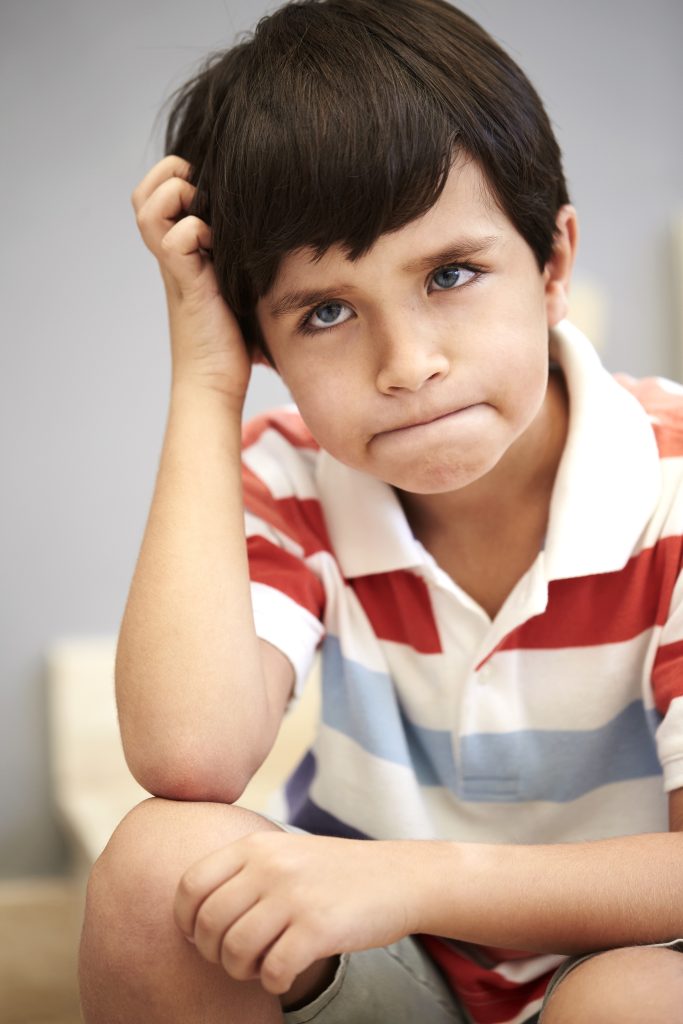
With the upcoming release of our Concussions 101 course, we thought it would be appropriate to dissect a medical journal study discussing some proven strategies to reduce our overall risk of concussions. Like we always say, the only 100% sure way to prevent injury is to not move. Yes, literally not move… People get injured everyday doing mundane, typical activities like walking down the street, outside of their home, rolling out of bed, etc. How many rolled ankles have you heard of (or experienced yourself) from simply walking? How many of you have had a mild/moderate back spam picking something off the ground or getting in/out of bed? Without going down a rabbit hole, our point is while we can have a concrete plan, sometimes life throws us a curve ball. But, we can absolutely reduce that risk.
Concussion Numbers:
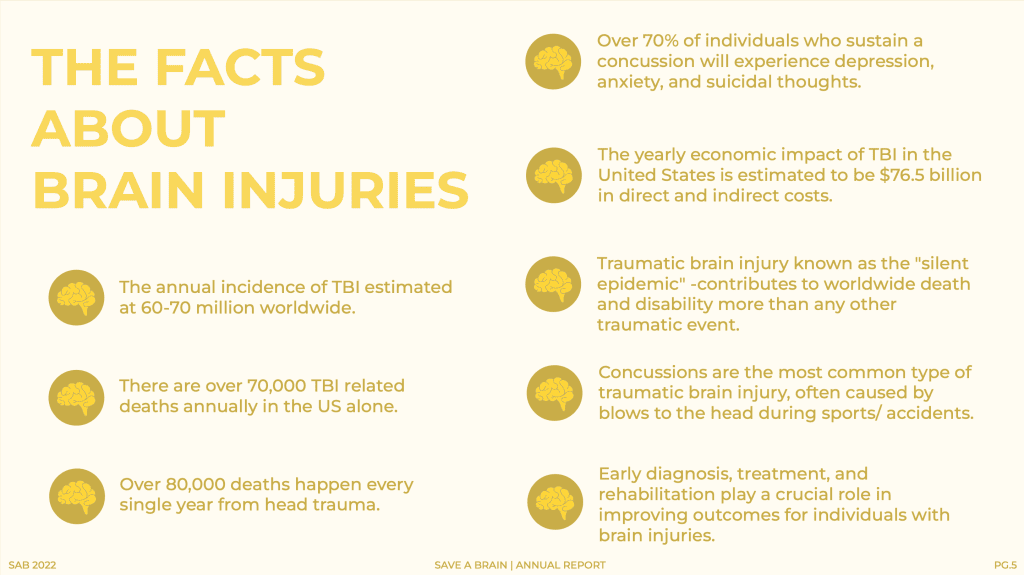
The article goes further explaining that in 2017:
- More than 160,000 Canadians acquired a brain injury with mild traumatic brain injury (mTBI) being the largest proportion 2
- 94,000 Canadians aged 12 and over experienced ‘activity limiting concussion’3
- Annually, 700,000 youth ages 0-19 seek hospital based medical care for mTBI in USA. 80-90% of these are mTBI’s.4
- Other risk factors include: concussion history/ competition, rules of sport, age, sex, and level of play. 5
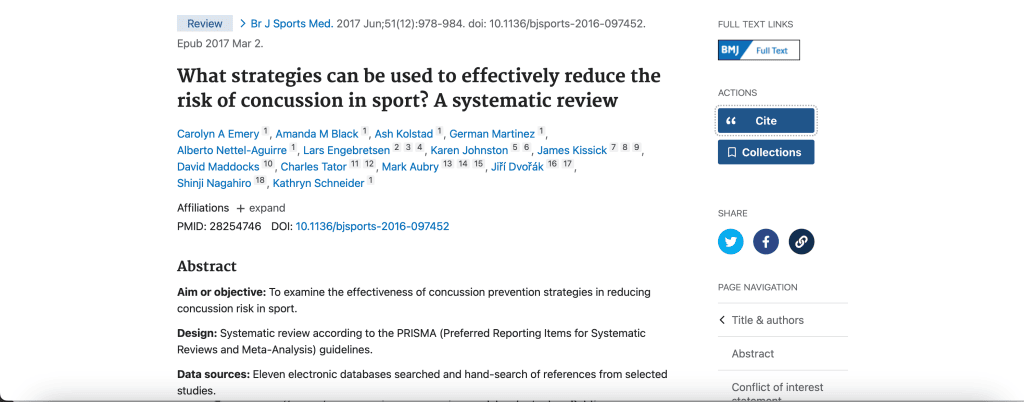
Todays article is titled: “What strategies can be used to effectively reduce the risk of concussion in sport?” It is systematic review meaning it is of the highest caliber of medical journal review looking over 13,008 studies that fit the potential criteria. Of this, 48 studies were identified and categorized based on their inclusion requirements being:
- Contained original data human research studies only
- Investigated an outcome of concussion or head impacts
- Evaluated a concussion prevention intervention
- Included sport participants (male/female/ all ages/ all levels)
- Analytical study design (RCT/ quasi-experimental/ cohorot/ case-control/ cross-sectional/ pre-experimental)
- Peer-reviewed

Findings:
Helmets
9/48 of the studies examined the effectiveness of helmets, helmet fit or helmets with face protection for concussion prevention. A physician, Physical therapist or ski patrol medically identified the outcome measures, including the concussion in all studies. Addressing the role of protective equipment, the authors advocate for the development and utilization of innovative gear designed to enhance safety. In particular, helmets stand out as crucial components in mitigating the impact force on the head. By embracing advancements in helmet design and technology, the risk of concussions can be significantly reduced, offering athletes greater protection.
Mouthguard
The protective effect of wearing versus not wearing a mouthguard was examined in eight studies. The sports studied were rugby, basketball and hockey. Six out of eight reported a protective effect on concussion risk but none of the findings were statistically significant.
Education and Awareness
One strategy highlighted by the authors involved the implementation of education and awareness campaigns. They emphasized the necessity of ensuring that athletes, coaches, parents, and officials were well-informed about the signs, symptoms, and potential repercussions of concussions. By providing these community leaders with knowledge, there is an increased likelihood of timely recognition and appropriate management of concussions. This, in turn, contributes to a reduction in the risk of more severe injuries or concussions not medically identified. While this strategy has potential, the authors noted that this alone lacks enough evidence to support.
Proper Training and Skill Development
The authors highlighted the importance of proper training and skill development as a preventive measure. Educating athletes on appropriate techniques for activities that could lead to head impacts, such as tackling or heading, is imperative in minimizing injury risk. Coaches and trainers are urged to prioritize the teaching of safe and effective techniques, thereby lowering the likelihood of concussions during gameplay. This might include a program such as falling or landing technique with children to better minimize risk.
Checkout this article Risk Factors For Snowboard/ Ski Injuries

Policy and Regulation Changes
The enforcement of rules and regulations prioritizing athlete safety is another aspect of the authors’ recommended strategies. They stressed that sporting organizations and governing bodies play a vital role in establishing and upholding guidelines that emphasize fair play and discourage hazardous behaviors. The application of strict penalties for rule violations can act as a deterrent and foster a safer sporting environment for all participants.
Concussion Reporting and Management Protocol
Concussion reporting and management protocols emerged as a fundamental in prevention strategy. Encouraging athletes to promptly report any head injuries, regardless of their perceived severity, is pivotal in facilitating timely evaluation and suitable treatment. Subsequently, medical professionals must adhere to standardized protocols for diagnosing, treating, and determining when athletes can safely resume play. I have personally seen great changes within sporting world better educating athletes/ health professionals/ coaches on the signs/ symptoms of concussion. On the other hand, at higher levels of competition it can be challenging to ‘give up your spot’ in such competitive environments.
Collaboration
Collaboration is an extremely important theme with those who work with concussed patients or those who have experienced a concussion. Researchers, clinicians, coaches, athletes, and policymakers need to work in tandem to establish evidence-based guidelines and best practices. Regular review and adaptation of strategies based on emerging research findings are deemed vital to ensure that concussion prevention remains at the front of sports safety measures.
In Summary
If you have experienced a concussion, we promise it will get better. While this is not a complete list, this is one of the most comprehensive studies completed for concussion based prevention strategies. As obvious as some of these strategies may seem, scientific studies like these are created to prioritize and acknowledge these strategies. This field of study continues to grow annually as scientists, health professionals, athletes, etc. discover breakthroughs. While mTBI’s are complicated, those who endure one deserve to know as much as they can as to prevent and/or overcome their current symptoms.
Have You Experienced A Concussion?
We are releasing our new program ‘Concussions 101’ as a foundational course on everything there is to know about concussions. For those of you who are lost, are seeking relief or don’t know where to start this is for you.
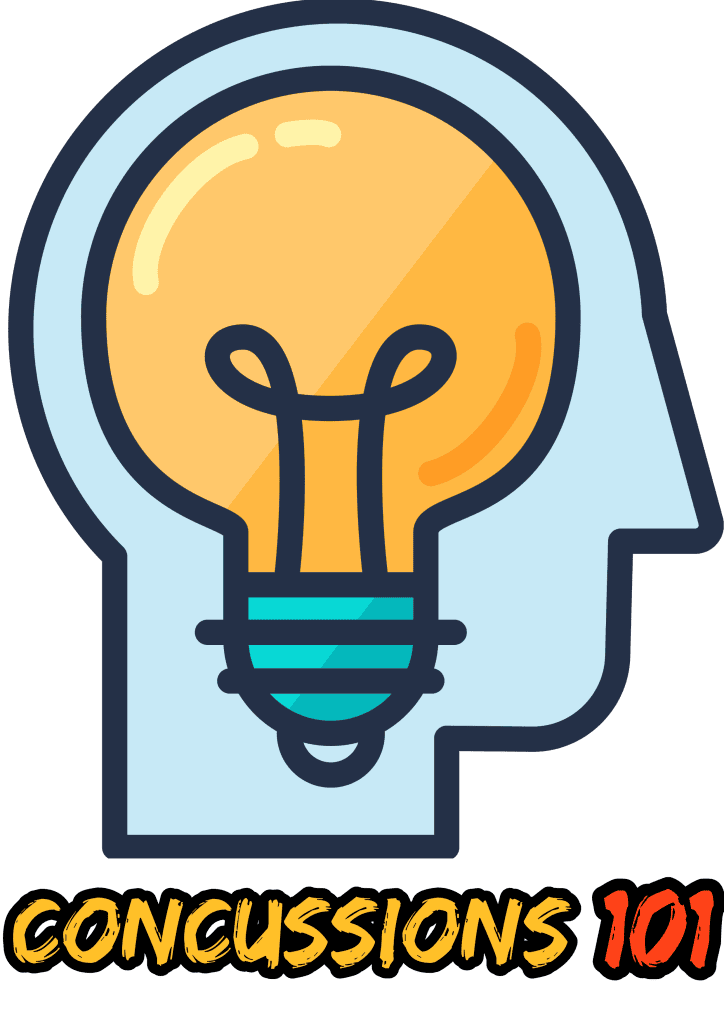
Save A Brain

We are a Utah based Non-Profit whose mission is to provide education, encourage prevention and spread awareness of the long term mental & physical effects of Traumatic Brain Injuries (TBI) and concussions.
Resources:
- Emery CA, Black AM, Kolstad A, Martinez G, Nettel-Aguirre A, Engebretsen L, Johnston K, Kissick J, Maddocks D, Tator C, Aubry M, Dvořák J, Nagahiro S, Schneider K. What strategies can be used to effectively reduce the risk of concussion in sport? A systematic review. Br J Sports Med. 2017 Jun;51(12):978-984. doi: 10.1136/bjsports-2016-097452. Epub 2017 Mar 2. PMID: 28254746.
- Brain Injury Canada/Lésion cérébrale Canada. 2016. http://braininjurycanada.ca/ acquired-brain-injury/
- Billette J-M, Janz T. Health at a Glance. 2011. Injuries in Canada: Insights from the Canadian Community healthy Survey. Statistics Canada.
- Faul M, Xu L, Wald MM, et al. Traumatic brain injury in the United States: national estimates of prevalence and incidence, 2002-2006. Injury Prevention 2010;16(Suppl 1):A268.
- Abrahams S, Fie SM, Patricios J, et al. Risk factors for sports concussion: an evidence- based systematic review. Br J Sports Med 2014;48:91–7.

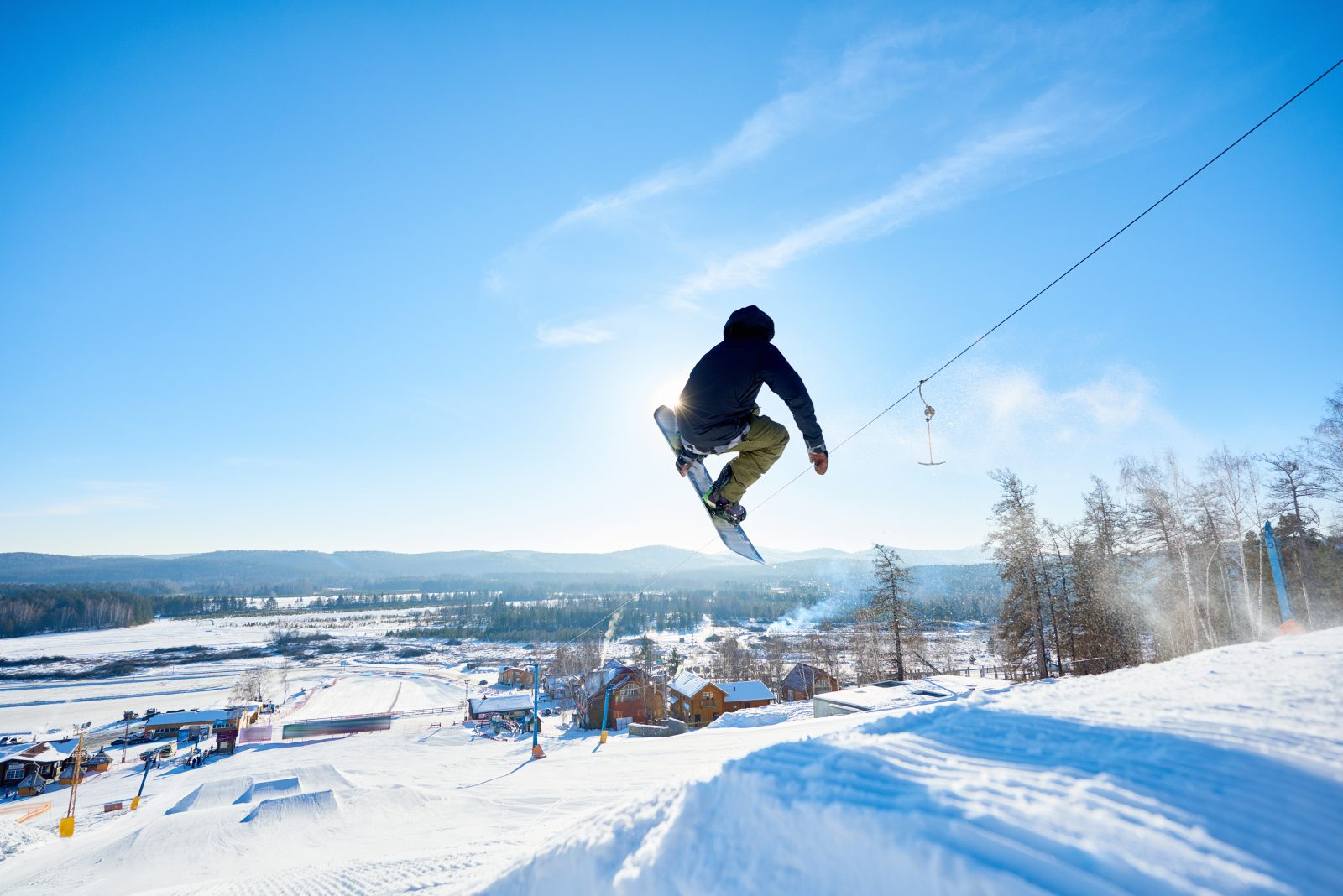
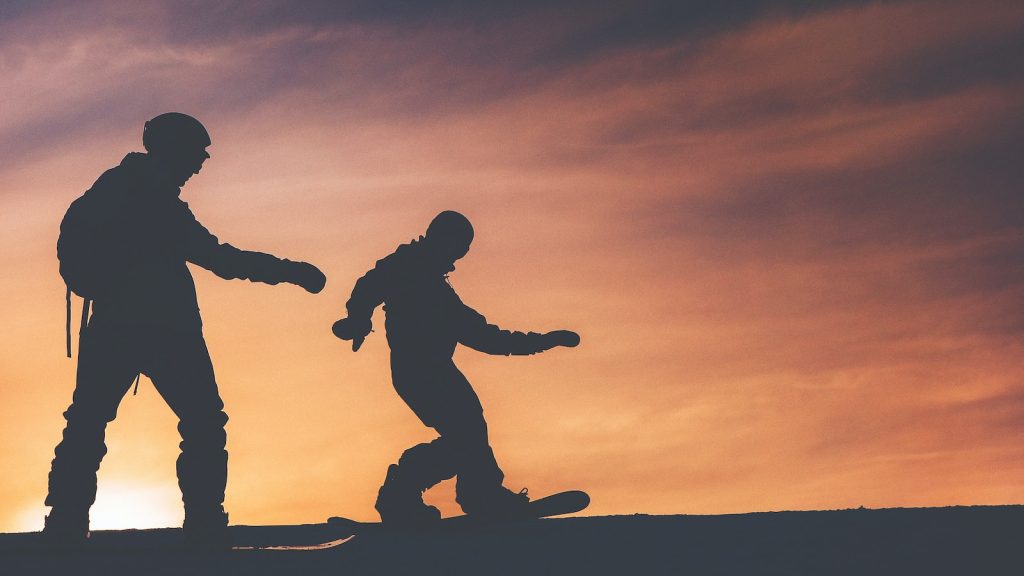
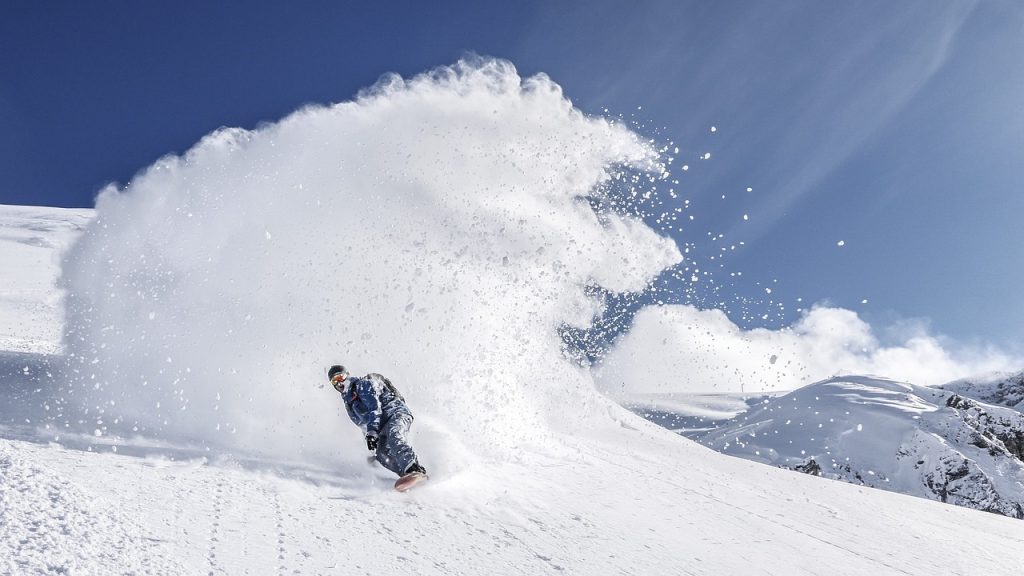

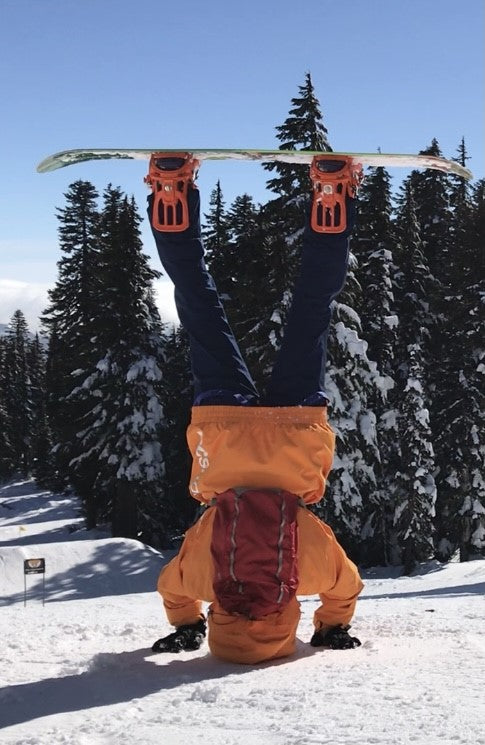
Responses